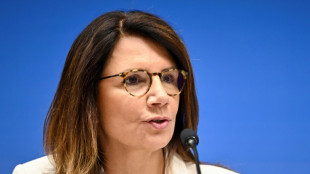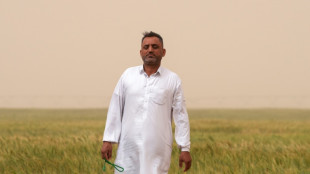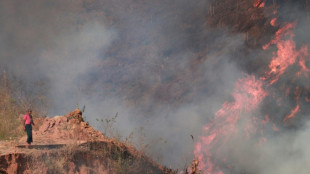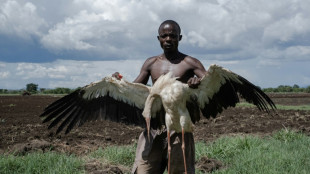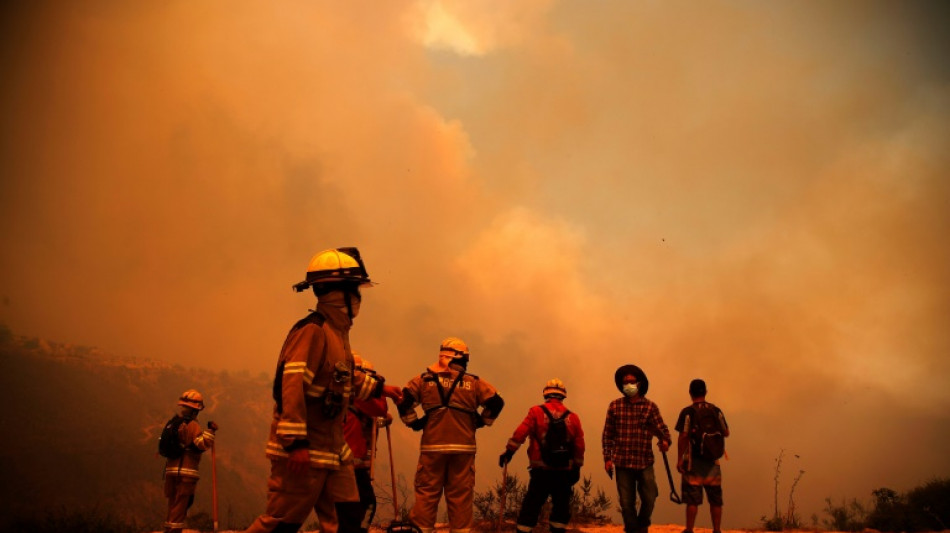
-
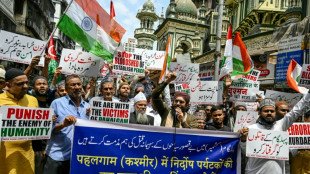 Indian army says new exchange of gunfire with Pakistan
Indian army says new exchange of gunfire with Pakistan
-
Epstein accuser Virginia Giuffre takes own life in Australia: family
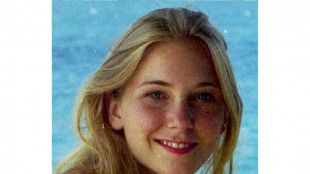
-
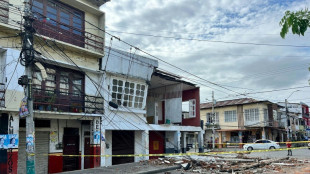 Hundreds of buildings damaged, dozens injured in 6.3 Ecuador quake
Hundreds of buildings damaged, dozens injured in 6.3 Ecuador quake
-
India and Pakistan's Kashmir fallout hits economy too

-
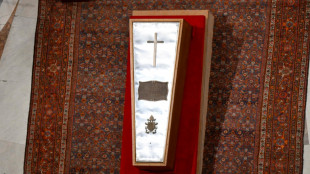 Francis's funeral to be grand farewell to 'pope of the poor'
Francis's funeral to be grand farewell to 'pope of the poor'
-
Pogacar faces defiant Evenepoel at Liege-Bastogne-Liege

-
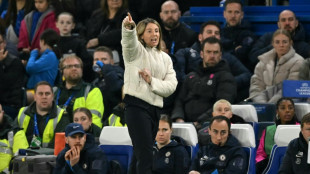 Chelsea eye great escape against Barcelona in Women's Champions League
Chelsea eye great escape against Barcelona in Women's Champions League
-
Iran, US to hold new round of high-level nuclear talks
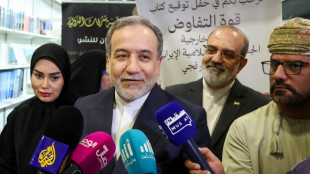
-
 'Energy and effort' pay off for Reds as Blues' woes continue
'Energy and effort' pay off for Reds as Blues' woes continue
-
Albatross and closing birdie lift China's Liu to LPGA Chevron lead

-
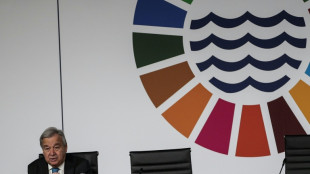 On the horizon? Wave of momentum for high seas treaty
On the horizon? Wave of momentum for high seas treaty
-
Developing countries should fast-track US trade deals: World Bank president
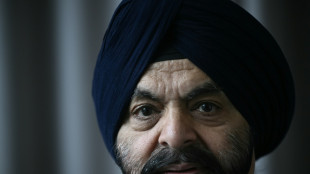
-
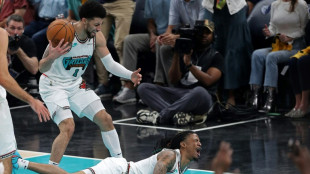 Grizzlies' Morant 'doubtful' for must-win game 4 v Thunder
Grizzlies' Morant 'doubtful' for must-win game 4 v Thunder
-
Trump in Rome for pope funeral in first foreign trip of new term
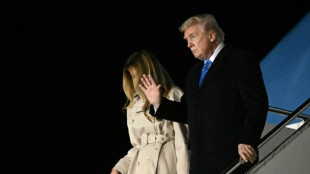
-
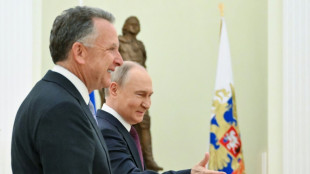 Trump says Russia-Ukraine deal 'very close' after new Kremlin talks
Trump says Russia-Ukraine deal 'very close' after new Kremlin talks
-
US rookies lead PGA pairs event with McIlroy and Lowry in hunt
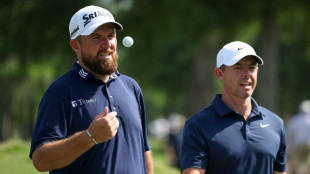
-
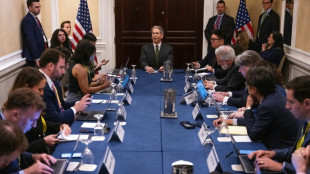 Trump tariff promises get a reality check
Trump tariff promises get a reality check
-
Warriors coach Kerr 'relatively optimistic' injured Butler will play game 3
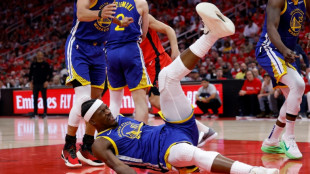
-
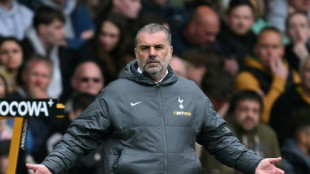 Postecoglou hopes 'Stonecutter's Credo' can inspire Spurs
Postecoglou hopes 'Stonecutter's Credo' can inspire Spurs
-
PSG lose unbeaten Ligue 1 record ahead of Arsenal showdown
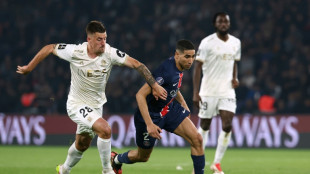
-
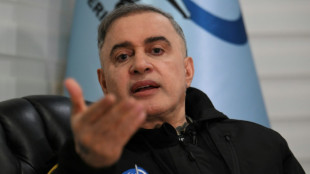 Venezuela accuses El Salvador president of 'human trafficking'
Venezuela accuses El Salvador president of 'human trafficking'
-
Own goal takes Sundowns to African final against Pyramids
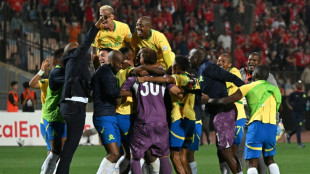
-
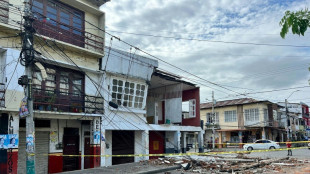 Scores of buildings damaged, 20 injured in Ecuador quake
Scores of buildings damaged, 20 injured in Ecuador quake
-
US stocks extend rally as market eyes busy calendar next week
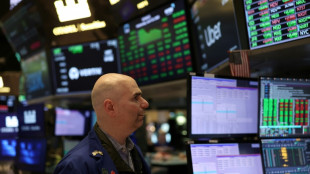
-
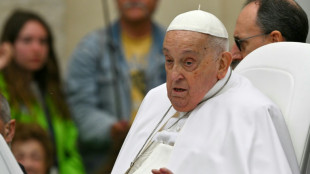 Pope's death triggers surge of disinformation he fought against
Pope's death triggers surge of disinformation he fought against
-
Rovanpera takes control of Rally Islas Canarias
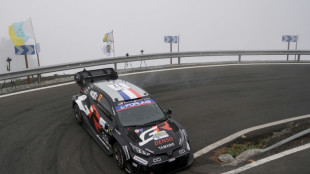
-
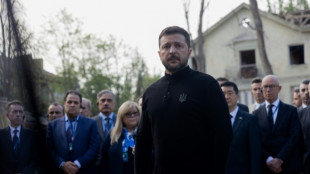 Zelensky insists Crimea is Ukrainian as US envoy meets Putin
Zelensky insists Crimea is Ukrainian as US envoy meets Putin
-
Patel and Mendis help Sunrisers beat Kings in Dhoni's 400th T20
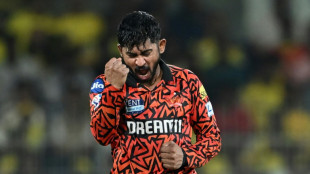
-
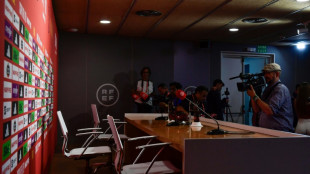 Copa del Rey ref statements 'unacceptable': Real Madrid after boycotting final build-up
Copa del Rey ref statements 'unacceptable': Real Madrid after boycotting final build-up
-
Insurance CEO's accused killer pleads not guilty to federal murder charges
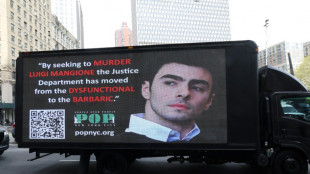
-
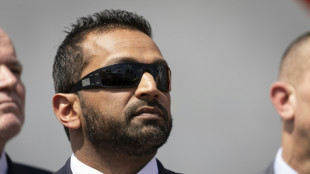 FBI arrests Wisconsin judge for shielding undocumented migrant
FBI arrests Wisconsin judge for shielding undocumented migrant
-
Brazil ex-president Collor de Mello jailed for corruption
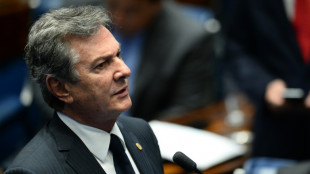
-
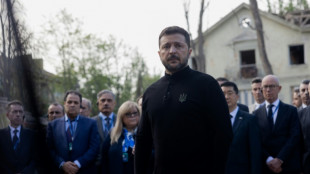 Zelensky insists Crimea 'belongs' to Ukraine as US envoy meets Putin
Zelensky insists Crimea 'belongs' to Ukraine as US envoy meets Putin
-
Real Madrid boycott Copa del Rey build-up over referee complaints
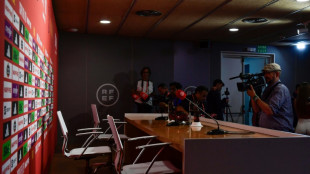
-
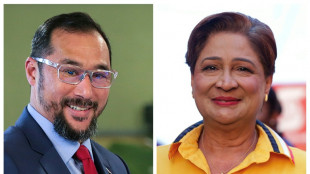 Trinidad and Tobago votes for parliament, PM, with opposition in lead
Trinidad and Tobago votes for parliament, PM, with opposition in lead
-
IMF chief hails 'constructive' Spring Meetings held under tariff uncertainty
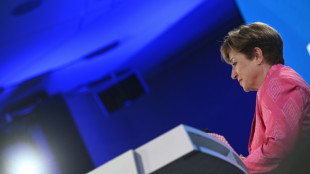
-
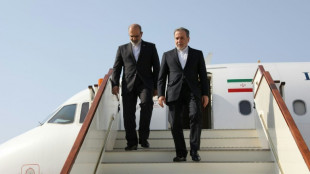 Iran FM Araghchi in Oman ahead of nuclear talks with US
Iran FM Araghchi in Oman ahead of nuclear talks with US
-
Dozens of buildings destroyed, 20 injured in Ecuador quake
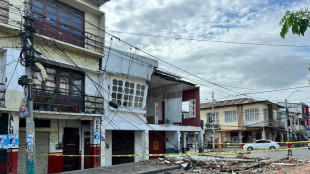
-
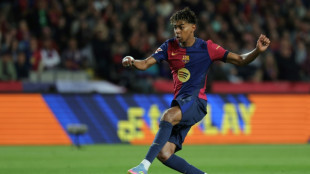 Young Barca must 'enjoy' Real Madrid Copa final fight: Flick
Young Barca must 'enjoy' Real Madrid Copa final fight: Flick
-
Pakistan and India border closure separates families
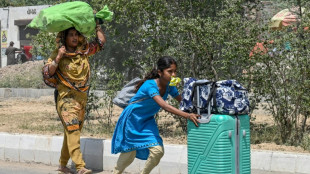
-
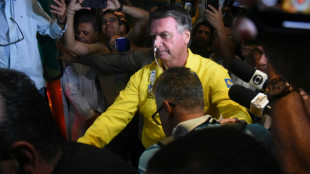 Brazil's Bolsonaro 'stable' after post-surgery setback
Brazil's Bolsonaro 'stable' after post-surgery setback
-
Catholics in secular Cuba hail Francis as 'bridge'
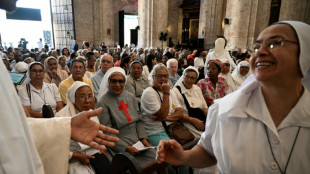
-
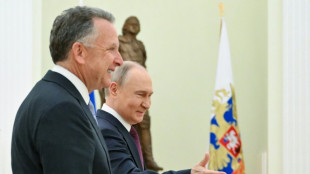 US envoy Witkoff, Putin discuss 'possibility' of direct Russia-Ukraine talks
US envoy Witkoff, Putin discuss 'possibility' of direct Russia-Ukraine talks
-
Community seeks answers after French school knife killing
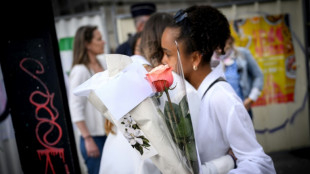
-
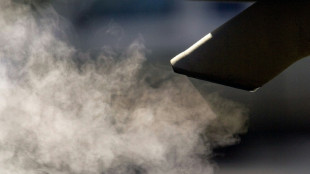 German prosecutors seek jail terms in VW 'dieselgate' trial
German prosecutors seek jail terms in VW 'dieselgate' trial
-
Sabalenka makes winning start at Madrid Open
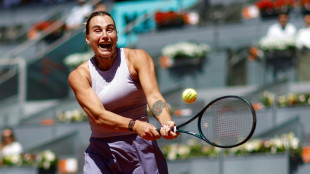
-
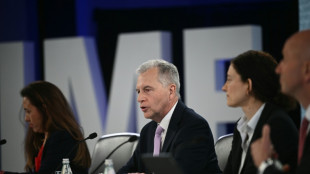 EU, US should de-escalate and negotiate trade deal: IMF Europe director
EU, US should de-escalate and negotiate trade deal: IMF Europe director
-
Russia accuses Ukraine of killing general in car bombing
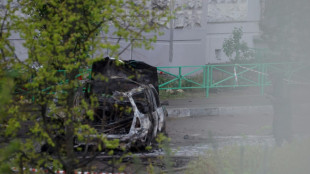
-
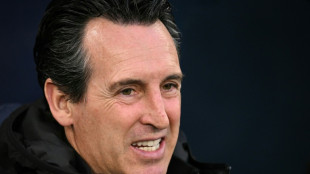 Emery wants FA Cup glory and Champions League berth for Villa
Emery wants FA Cup glory and Champions League berth for Villa
-
Buildings destroyed, one injured in Ecuador quake
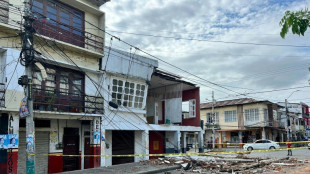

What to know about Chile's voracious wildfires
Coming in the middle of a fierce heatwave, Chile's forest fires engulfed communities with a destructive speed that has stunned the nation.
This is what you need to know about the country's deadliest wildfires in recent history:
- Why did fire spread so quickly? -
Summer is in full swing in Chile and a brutal heatwave has seen temperatures reach 40 degrees Celsius (104 degrees Fahrenheit) since last week.
On Friday, several fires broke out in the mountains that overlook the seaside town of Vina del Mar and other locations in the coastal Valparaiso region, some 120 kilometers (74 miles) from the capital Santiago.
Professor Miguel Castillo from the University of Chile's Faculty of Forestry Sciences said the ferocious heat and strong winds formed a "disastrous" combination.
He explained that when vegetation or garbage burns, light, hot air is generated which "lifts ignited particles or embers that travel hundreds of meters, causing satellite" fires.
On the hilly slopes of the coastal region, flames move faster downwind, exacerbating the danger.
On Sunday night some 40 fires remained active in the country.
- Why was the fire so deadly? -
At least 112 people have been killed, and almost one hundred are still missing. President Gabriel Boric has warned the toll could rise "significantly."
The fires engulfed densely populated hilltop communities, mainly in Vina Del Mar -- a popular tourism spot known for beaches and botanical gardens.
In one suburb alone, Villa Independencia, 19 people were killed and thousands of homes razed.
Here, families live crowded in homes built of light materials such as wood.
Flames tore through the narrow streets snaking through the hills, with cars exploding where they stood parked outside homes, according to survivors.
Authorities are investigating why residents did not flee, despite being urged to via messages sent to cellphones.
"Alarms were raised, but the evacuation apparently did not work," said Horacio Gilabert, from the Global Climate Change Center of the Catholic University of Chile.
- What started the fires? -
Boric said authorities were investigating "the possibility that the fires were deliberate."
According to the National Forestry Corporation (Conaf), 99.7 percent of fires in the country are started intentionally or through recklessness.
In the current crisis, "simultaneous outbreaks occurred, and that is totally abnormal," said the professor Castillo.
He said that the deliberate starting of fires was "steadily increasing" despite this drawing prison sentences of up to 20 years. Perpetrators are however rarely caught.
- Is climate change to blame? -
The effects of the El Nino weather phenomenon have become more intense in this part of the world, due to global warming caused by human activity, scientists say.
El Nino raises the temperature of the Pacific Ocean, causing flooding in some areas, and droughts in others.
"A change of just a few degrees in the Tropical Pacific can make the difference between a relatively mild forest fire season and a widespread catastrophe," climatologist Raul Cordero said in a study recently published by the Nature journal.
In the midst of a long drought, Chile experienced an unusual bout of rains last year which led to the growth of scrubland which serves as kindling during wildfires.
- How is Chile tackling the fires? -
Authorities have deployed some 1,400 firefighters and 1,300 soldiers and volunteers to fight the blazes.
They are backed by 31 helicopters and planes equipped to carry water.
Boric, who has increased the budget to fight and prevent fires by 47 percent in his almost two years in office, declared a state of emergency.
A curfew has been imposed in parts of Valparaiso to free up roads for emergency vehicles.
However, the emergency services lack important capabilities, including equipment to fight fires at night.
"As a result, the likelihood that all work done during the day will be lost at night is very high," Michel De L'Herbe, an expert in crisis management, told the radio station Cooperativa.
S.F.Warren--AMWN
